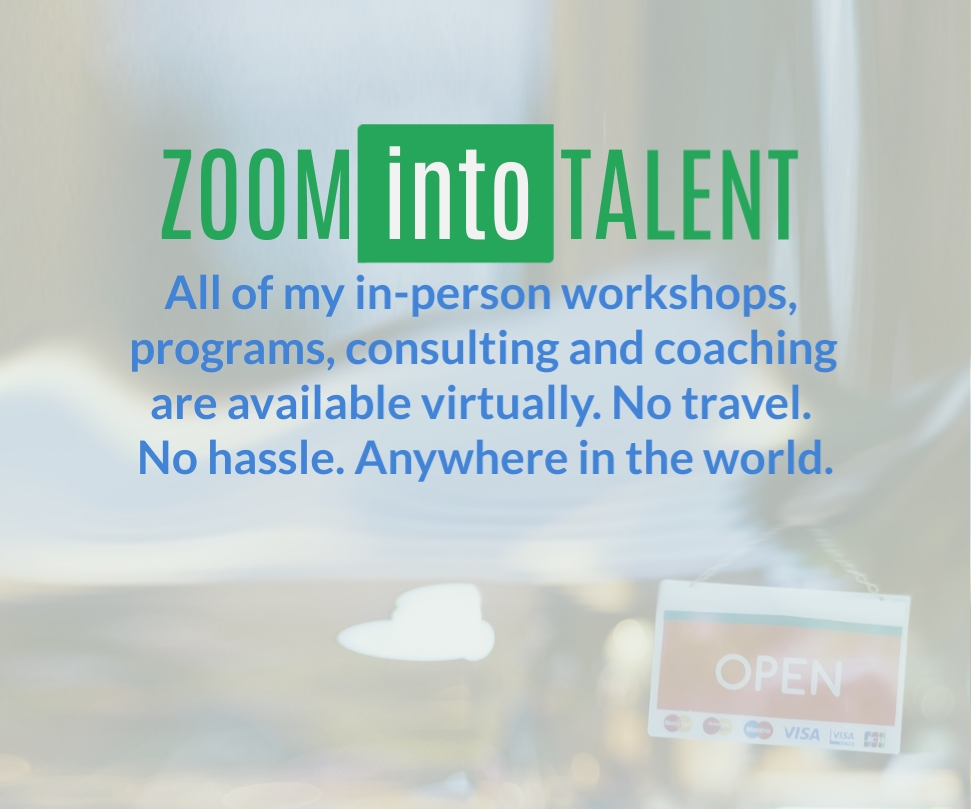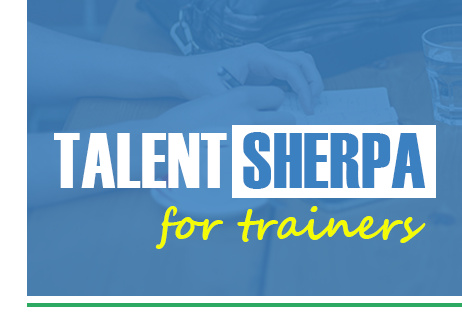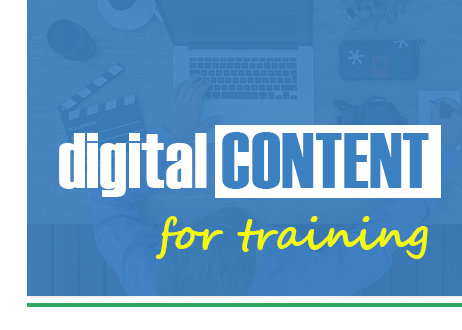They Say Talent is the Future. No, It’s the Now.
It’s almost a cliché for thought leaders. “The big challenge for organizations is talent.” It makes sense, right? You want the best people to provide the best services and products.
Lots of people use the word “talent” in different ways. And two similar terms seem confuse the most and are used almost interchangeably. “Talent management” and “talent development”
Talent management generally refers to whole lifecycle of hiring, developing and firing. Talent development is that middle piece of the lifecycle that we used to call training. I like the new term.
Talent development is important today because things change so much that to have any hope of success in any role at any level, you must continually learn new things.
Some people find themselves in two or three different roles in a year. Technology changes more than the weather forecast. And you’re lucky of your organization doesn’t go through restructure every 18 months.
The Talent Transition
Until about 15 years ago we used the word training and slowly organizations started calling their training departments the talent department.
All very nice except they really only changed the name. It was still the same old, same old. What did that look like?
Well, talent errr training was topic based. When I ran TV Training at the BBC, this meant we designed courses around how to use a video camera and all its features. Learners had to know the whole equipment
It’s like teaching MS Word. We teach people everything including mail merge even if they’ll never use mail merge.
Talent was also classroom based. When I say classroom I mean the physical classroom you had to drive to. As well as the virtual class you logged onto. And the eLearning module that had to be completed every year on how to safely lift boxes and report and EEO claim.
One way of looking at it was the learner had to come to the classroom.
Talent was also managed following the industrial model. Classes were scheduled based on when a trainer was available to teach and there was a room to teach in. I call this the Academy Model and it worked well in a world that was predictable, controllable and you could fit ideas into a neat little box.
If you think I’m being snarky, far from it. This was my world. At the BBC, my teams did well simply because this was how we did things. But the world changed.
None of the Works Anymore
Organizations don’t have the money to learn all the functions in MS Word. Only the functions you need to do your job. We can’t be topic-based anymore. We have to be business or project-focused.
And it is impractical to have everyone drop their duties to come to the classroom, sometimes at great expense. We need to bring learning to the learners.
And we can’t restrict important learning experiences based on when a room or trainer is available. It has to be available where and when it’s needed for someone to excel at their job.
There are more issues we don’t have time for right now. Such as where the learning really happens. And the roles trainers and talent professionals actually play in helping people be great at what they do.
The bottom line is that we can’t call training talent anymore unless we actually move on from the Academy Model and adopt a real talent mindset.
And here’s the thing about developing talent. The real development happens in the learner’s head. And more often than not it doesn’t happen in the classroom.
The sooner we embrace this, the sooner we can change the way trainers work to truly achieve organizational transformation. But it’s not just the trainers who need to be on the hook.
The Talent Continuum
The future of talent is about galvanizing every influence in the organization you have. The trainer, the manager, the colleagues, the culture, the tacit organizational knowledge, technology and the resources.
It’s about strategically identifying how to use all of these resources to achieve business and project successes.
It’s about dropping outmoded ideas that talent professionals have to be subject matter experts. That learning has to happen in a classroom. That learning has to be delivered in bulk.
And about changing the whole culture so teams learn together. Share knowledge. Build structures that support that learning.
One of the first mistakes I see talent departments make is changing their title but not the way they work.
The second is thinking technology is the answer when people and relationships come before that.
The third is biting off more than they can chew … being careful and slow at first enables you to go fast and get more down further down the track.
If you’re rethinking your learning or talent strategy, I can help with consulting services. I’ve led change in training departments, helped other learning leaders develop strategy and plan transformation.
Call me – let’s see if my three decades in the business can help you make changes faster with less of a learning curve.
If you don’t need me but am interested in my opinion … I’d suggest first looking at how your organization is changing. Look at organizational dynamics. Then look at how you can get learning to take place on the job and use the classroom as a back-up. Look at who in the field you can use to support talent development so your trainers errr talent professionals can strategically support the change.
Sometimes all this change looks overwhelming. But here’s the thing. We’re living in times of uncertainty which means we have a real shot at creating the future. Good luck!








